Maine Irish Reads
Join us on the second Thursday of each month at the Maine Irish Heritage Center Library to discuss contemporary Irish books, both fiction and non-fiction, from the past 20 years. Meetings are free for members, and a $5 suggested donation for non-members. Books can be obtained through local libraries or our shop, where members save 10%. Your purchases support our programming. We look forward to seeing you!
Showing all 8 results
-
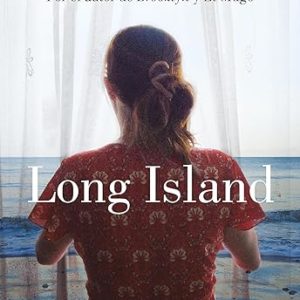
Long Island by Colm Toibin
$19.00 Add to cart -
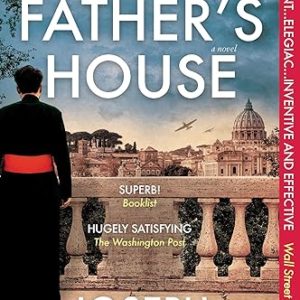
My Father’s House by Joseph O’Connor
$19.00 Add to cart -
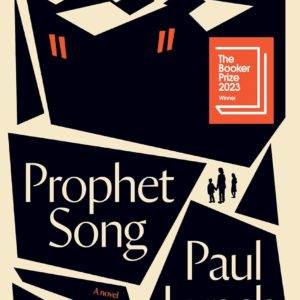
Prophet Song: A Novel by Paul Lynch
$18.00 Add to cart -
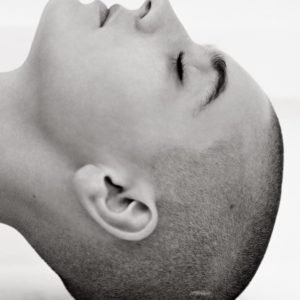
Rememberings by Sinéad O’Connor
$18.00 Add to cart -
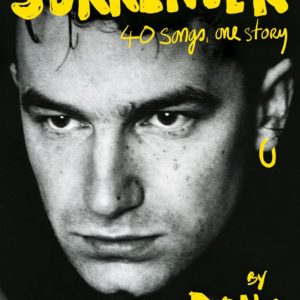
Surrender: 40 Songs, One Story by Bono
$34.00 Add to cart -
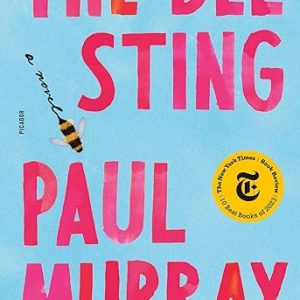
The Bee Sting by Paul Murray
$20.00 Add to cart -
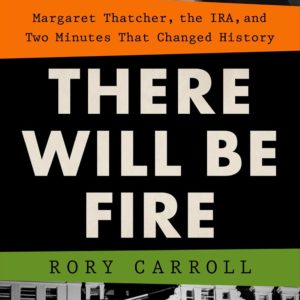
There Will Be Fire: Margaret Thatcher, the IRA, and Two Minutes That Changed History by Rory Carroll
$29.00 Add to cart -
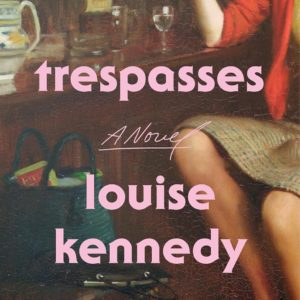
Trespasses by Louise Kennedy
$18.00 Add to cart